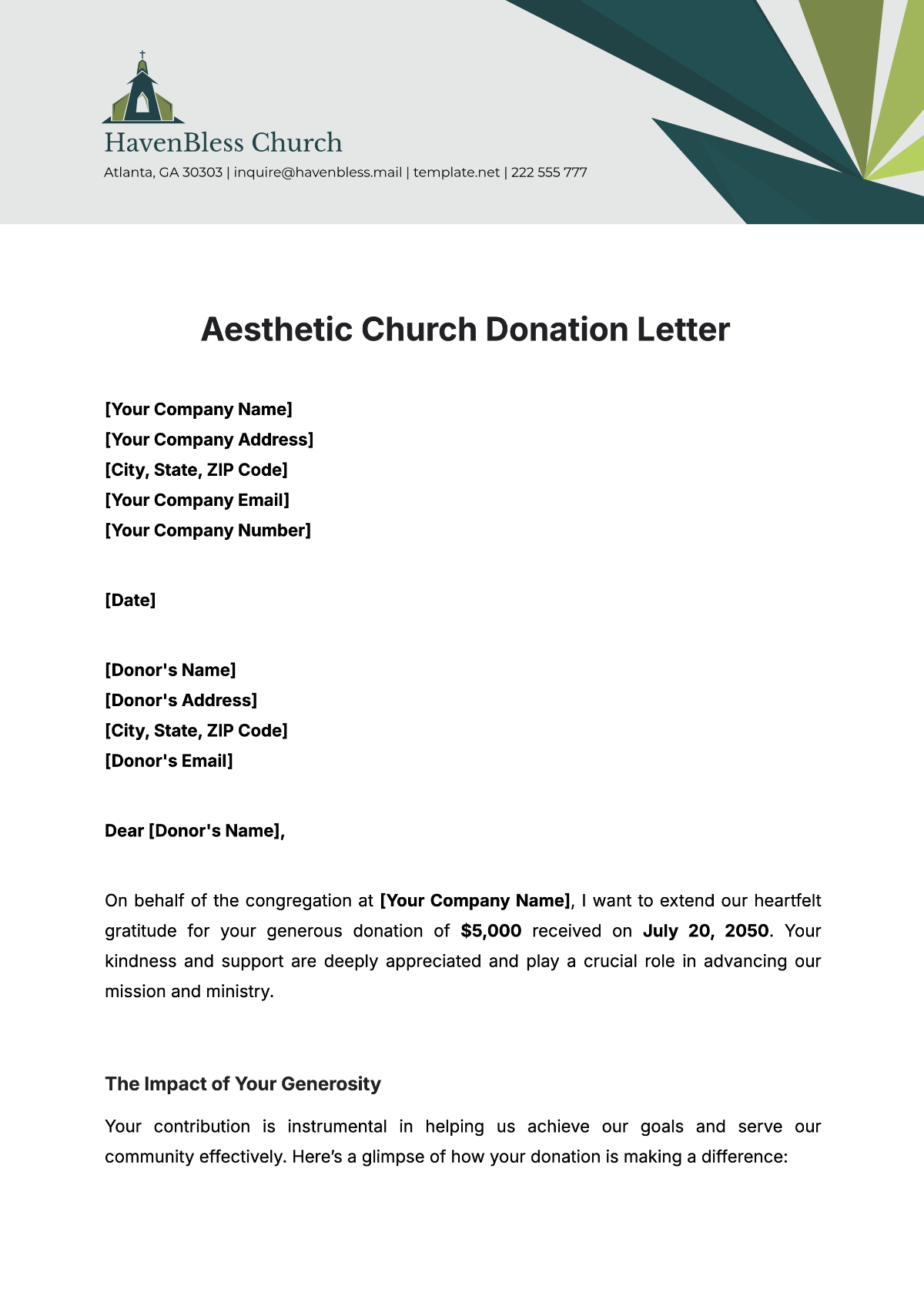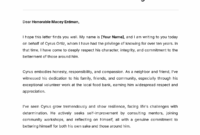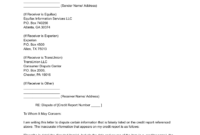Reaching out to your congregation and community for support is a cornerstone of many church ministries. Whether you’re funding a new building project, supporting missionary work, or simply covering operational costs, effective communication is key to inspiring generosity. A well-written appeal doesn’t just ask for money; it connects with hearts, reminds people of shared values, and clearly articulates the impact their contribution can make. It’s about building a relationship and inviting participation in a meaningful cause.
Crafting that perfect message can sometimes feel like a daunting task, especially when you have so many other ministry responsibilities to juggle. That’s where having a reliable donation letter template for church can become an invaluable asset. It provides a solid foundation, ensuring you cover all the essential points while still allowing room for your unique church personality to shine through. Think of it as a helpful guide to articulate your needs and inspire your community to give.
Crafting an Impactful Donation Letter: What to Include
When you sit down to write your appeal, remember that your goal is to inform, inspire, and invite. A generic letter often falls flat because it fails to connect with the individual reader. Instead, approach your donation letter as a personal conversation, even if it’s being sent to many people. Start by thinking about the specific project or need you’re addressing and the story behind it. What prompted this initiative? What difference will it make in the lives of those you serve or in the community at large? Answering these questions will naturally lead to a more compelling narrative.
Your letter should begin with a warm, personal greeting. If possible, use the recipient’s name. This immediately sets a friendly and respectful tone. Follow this with a brief opening that expresses gratitude for their past support, if applicable, or simply for their membership in the community. Then, gently introduce the purpose of your letter. Avoid jargon or overly formal language; speak from the heart, just as you would in a face-to-face conversation. People respond to authenticity and sincerity, not just to a polished presentation.
Next, dive into the core of your message: the specific need or project. This is where you paint a vivid picture of what their donation will accomplish. Don’t just state you need funds for a new roof; explain how a leaky roof impacts Sunday school classes or community events. Show them the tangible outcomes of their generosity. This section should clearly articulate why this particular need is important right now and how it aligns with the church’s mission and values. It’s crucial that the reader understands the “why” behind your request.

Finally, make your “ask” clear and direct, but always polite and appreciative. Provide easy-to-understand instructions on how they can give, whether online, by mail, or through other means. Reassure them that their contribution, no matter the size, is deeply valued. Conclude with a heartfelt thank you, reiterating your appreciation for their consideration and potential support. A well-constructed donation letter template for church will guide you through each of these critical steps, ensuring no important detail is overlooked.
Essential Components of Your Letter
- Opening: A warm, personalized greeting that sets a welcoming tone.
- Expressing Gratitude: Acknowledging past support or simply the recipient’s presence in the community.
- Stating the Need/Project: Clearly outlining the specific purpose of the appeal.
- Explaining the Impact of Donations: Describing how contributions will make a tangible difference.
- Clearly Stating the “Ask”: A polite and direct request for financial support.
- Providing Giving Instructions: Simple, clear directions on how to donate.
- Thank You and Closing: A heartfelt expression of appreciation and a respectful sign-off.
- Contact Information: Easy ways for recipients to reach out with questions.
- Tax-Deductible Information: Mentioning that donations are tax-deductible, if applicable.
Practical Tips for Maximizing Your Appeal
Beyond just having a solid framework, the way you present your message can significantly influence its effectiveness. Think about the overall tone you want to convey. Is it hopeful, urgent, celebratory, or reflective? Align your language with the purpose of the appeal. For instance, a letter seeking funds for a new youth center might have a more energetic and forward-looking tone than one requesting support for an emergency relief fund, which might be more somber and empathetic. Consistency in tone helps to build trust and credibility with your readers, making your message resonate more deeply.
Personalization goes a long way. While a general template provides the structure, always try to add unique elements that speak to your specific church and community. Perhaps include a recent success story, a quote from a church member, or a brief anecdote that illustrates the impact of your ministry. These small touches transform a generic request into a heartfelt invitation to partner in a shared mission. It shows that you’ve put thought and effort into communicating with them individually, rather than just sending a mass mailing.
Consider the follow-up. Your initial letter is the beginning of a conversation, not the end. Plan to send a thank-you note promptly after a donation is received, regardless of the amount. A timely and sincere thank you reinforces their positive action and encourages future giving. You might also consider providing updates on the project or need they contributed to. Showing donors the progress and impact of their gifts keeps them engaged and demonstrates responsible stewardship of their contributions. Transparency and communication are key to fostering long-term support.
Finally, proofread everything meticulously. A letter riddled with typos or grammatical errors can undermine your professionalism and detract from your message, regardless of how compelling its content. Ask a few different people to review the letter before it goes out. They might catch mistakes you’ve overlooked or offer valuable feedback on clarity and tone. Remember, every piece of communication from your church reflects on your organization, so strive for excellence in every detail.
- Personalize every letter where possible; use the recipient’s name.
- Tell a compelling story that illustrates the need and impact.
- Keep the message concise and clear, respecting the reader’s time.
- Proofread meticulously to avoid errors and maintain professionalism.
- Offer multiple convenient ways for people to give.
- Follow up promptly with a sincere thank you note.
- Express genuine gratitude for any level of support.
Crafting a compelling donation appeal is more than just asking for money; it’s an opportunity to connect with your community, share your vision, and invite them to be a part of something truly meaningful. By thoughtfully constructing your message and personalizing it, you empower your congregation and supporters to feel a deeper connection to your church’s mission.
Utilizing a well-structured donation letter template for church, coupled with these practical tips, can significantly enhance your fundraising efforts. It allows you to communicate your needs clearly, inspire generosity, and ultimately, strengthen the bonds within your church family as you work together to achieve your spiritual and community goals.


